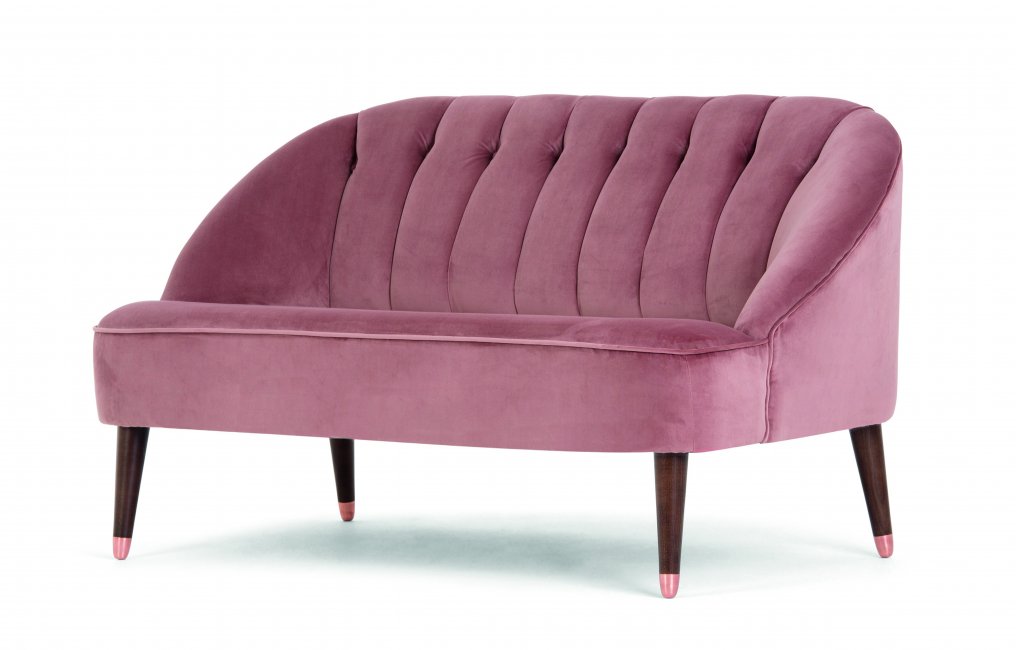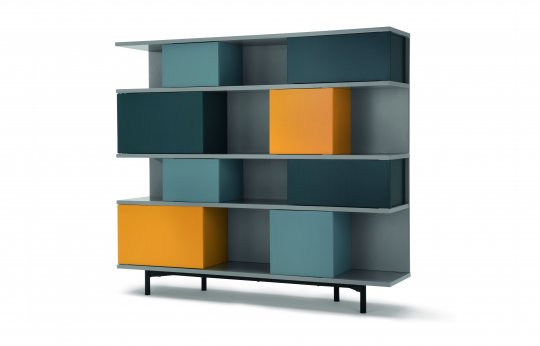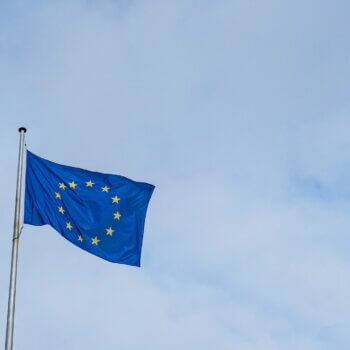
Q&A with MADE.COM’s studio designer Ruth Wasserman and general counsel Lisa Tomlins
May 2017, London
MADE.COM is an online design brand selling furniture and homewares. It was founded on the belief that great, original design can be delivered at affordable prices. It achieves this by cutting out “middlemen” high street stores and connecting consumers directly with the designers.
Ruth Wassermann is one of those designers, working as Head of Design for MADE. Lisa Tomlins, a dual US/UK-qualified lawyer joined the retailer, which now exists in six European markets, at the end of 2014 as General Counsel. We spoke to them about the legal and business challenges that they face in the current market.
Some people say “imitation is the highest form of flattery”. What are your views on this statement?
Ruth: In my experience people say this in response to a complaint about copying! As designers we all take inspiration and it’s clear that aesthetics will always form part of a design brief, and so looking at, admiring and being inspired by other people’s work is a totally normal part of the process. But copying is never ok, and if that’s what imitation means then it is never acceptable.
Lisa: I see first-hand how much creative energy and hard work our designers put into creating original designs every single day. So when I see that someone has ripped off one of our designs, I don’t feel flattered on our designers’ behalf; I feel indignant that someone has decided to take credit for their hard work.
It is common practice for designers to look to a variety of sources for inspiration, but there is a fine line between inspiration and copying. How do you deal with this challenge as a designer and as a business?
Ruth: We try to reference a wide selection of sources, and reference details, materials and broad aesthetic directions rather than particular specific designs.
Lisa: I can confidently say that neither MADE nor any of our designers would ever intentionally copy another’s design. I focus, therefore, on helping our team understand how a third party or court of law could nonetheless conclude that a MADE design was (inadvertently) too close to another design and how they can take proactive measures to mitigate that risk. For example, we recently ran a design rights training session (led by Bird & Bird’s IP team) for our in-house designers and buyers. By giving them an overview of the legal framework, and working through real-world case studies, the team got a much better understanding of where the fine line between inspiration and copying is drawn. Importantly, they were also reminded how little things, such as consistently dating and saving all their design drawings, could really help from an evidentiary perspective in the event of an infringement allegation.
What are the biggest challenges that MADE, as a product design business, are facing at the moment?
Ruth: Our pace of development is extremely fast, and coping with the administration, record keeping and general workload that comes with this. We release three new collections every week. With a very compact team, our job is quite challenging and never boring.
Lisa: The business is growing at incredible speed. We’re collaborating with new external designers and supplier partners all the time. We’ve launched in three new countries since I joined the business, and have many others on our radar. That means more contracts to negotiate, more legal issues to consider, more legal risks to manage – and all with a one-woman legal team! Juggling it all can be very challenging, but the breadth of projects and issues definitely keeps things interesting!
What is your favourite design object or product (excluding MADE designs)?
Ruth: I am currently wondering whether I’ll ever get my hands on a Belts sofa by Patricia Urquiola for Moroso.
Lisa: I’ve always loved the Tulip Dining Table in Arabescato Marble by Eero Saarinen. It’s such a simple yet timeless design that exudes understated elegance.
Which trends do you think have the most influence on design today?
Ruth: There is a new Nordic aesthetic which has developed as a move on from the retro mid-century Danish styles that have been popular. It is a look that is easy to live with and really making its way into the mainstream, characterised by pale woods, soft curves and silhouettes, and pastel shades. It’s a very developed style at MADE and one that can be seen in furniture for all rooms.
How would you describe MADE’s approach to its product design work?
Ruth: Our design team loves the fact that we are MADE customers so feel a real affinity with the products we develop. We consider ourselves as design-led and thoroughly enjoy creating new pieces that reflect the products we’d like to live with. Our approach starts off very broad with rather abstract lifestyle references such as thinking about holiday destinations, space exploration or even weirder! We then narrow our thinking closer to home interiors, architecture and fashion until we finally create a suite of projects that reflects the season’s directions and work to that.
What is the biggest challenge that you, as a designer, are currently facing in relation to your work?
Ruth: For me it’s finding the time to actually do any design work, but I know the team always struggles to find enough time to devote to each project to feel like they have put 100% of the detail that they would like into a design. Following a recent training session by Bird & Bird, I am aware that my time-saving method of using 3D CAD design software to create sketches, 3D models and drawings within one single and changeable file is not the best way to keep a comprehensive record.
What value do you place on your IP as a business asset and how do you ensure that your IP assets are protected? For example, we know that you are starting to register your designs, why did you make this decision?
Lisa: Original design is at the heart of MADE’s business – our vision is to make great design accessible to everyone. Protecting our IP is therefore one of my key legal priorities.
Our IP protection strategy is underpinned by a multipronged approach focusing on the three Rs: register, record and respond. Registration is about proactively ensuring that we have the right portfolio of IP rights – including both design rights and trademark registrations – so that we are better equipped to pursue infringers. Recording is about ensuring we have a robust set of contracts and design history documents that allow us to prove what IP rights we have in our products and brands. Responding focuses on taking effective action against those who infringe our IP rights.
In relation to our registration strategy, my initial focus was on ensuring that our brands and trademarks were appropriately registered in our different geographic markets and product categories. I am delighted that we have now started also registering a selection of our most valuable designs. It sends a clear message to our customers, competitors and investors that we place great value on our designs. Crucially, while we already benefit from a good level of protection through the unregistered design rights and copyrights in our products, design registration will enhance this protection and make it easier for us to tackle copycats.
How do you deal with the challenge of being General Counsel and therefore having to enforce legal boundaries in an inherently creative company?
Lisa: It’s all about being balanced and approachable rather than rigid and risk-averse, and being a partner rather than a policeman (or policewoman). I try hard not to say “no”. Instead, I aim to apply a creative and entrepreneurial mindset to legal challenges, and to find a way to say “yes” that balances risk in an appropriate manner.




Originally published in DesignWrites 10th Edition.








